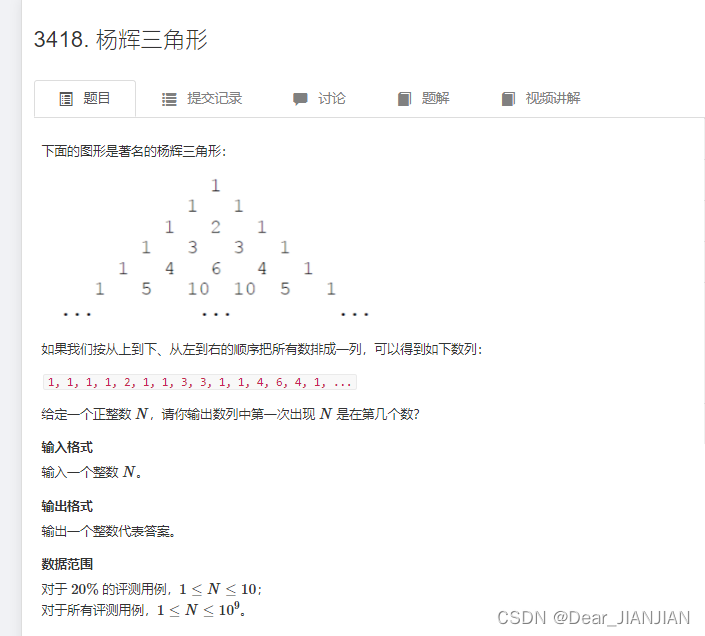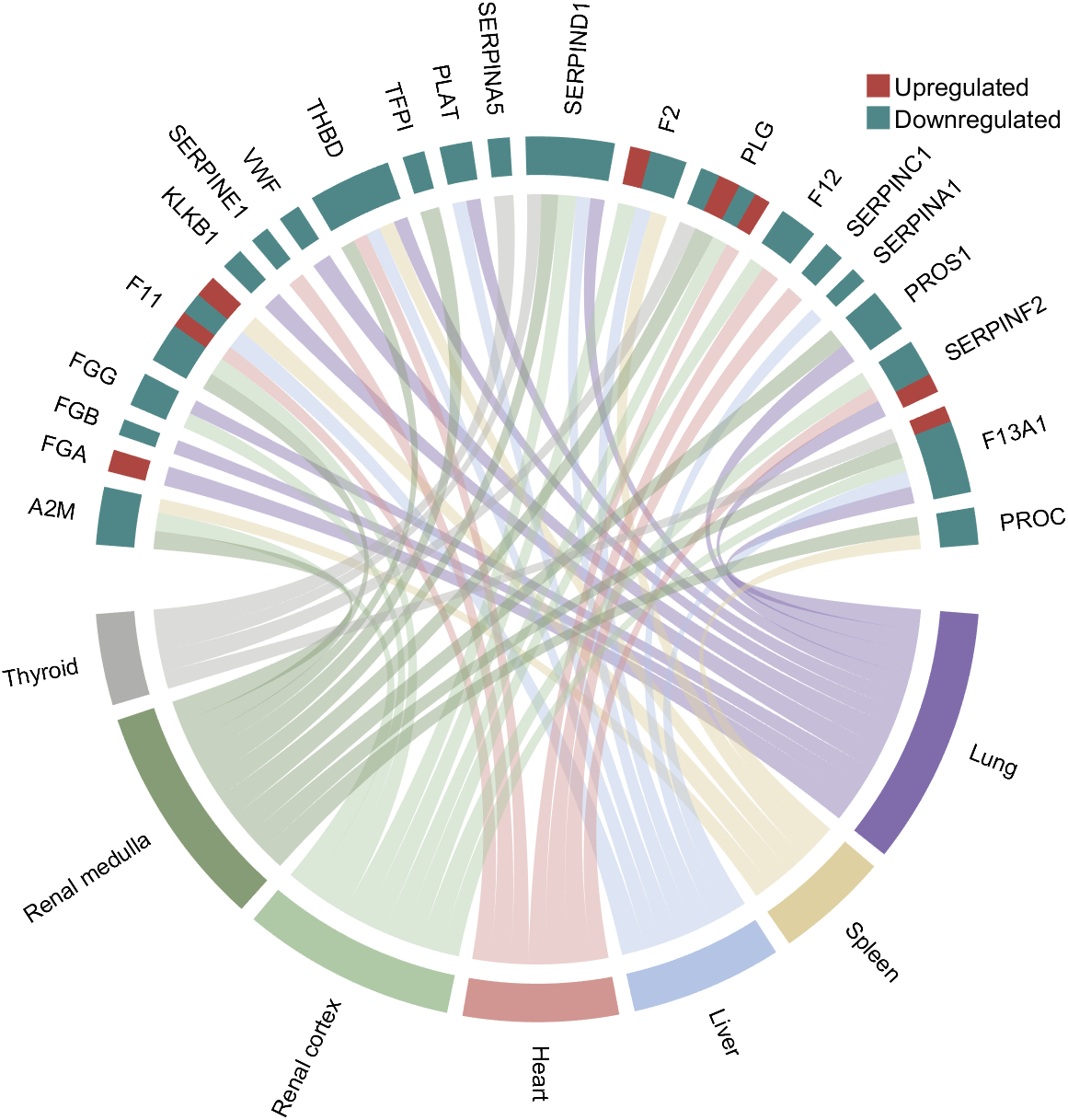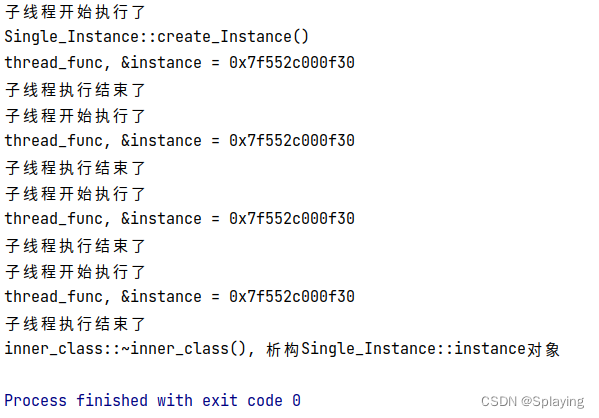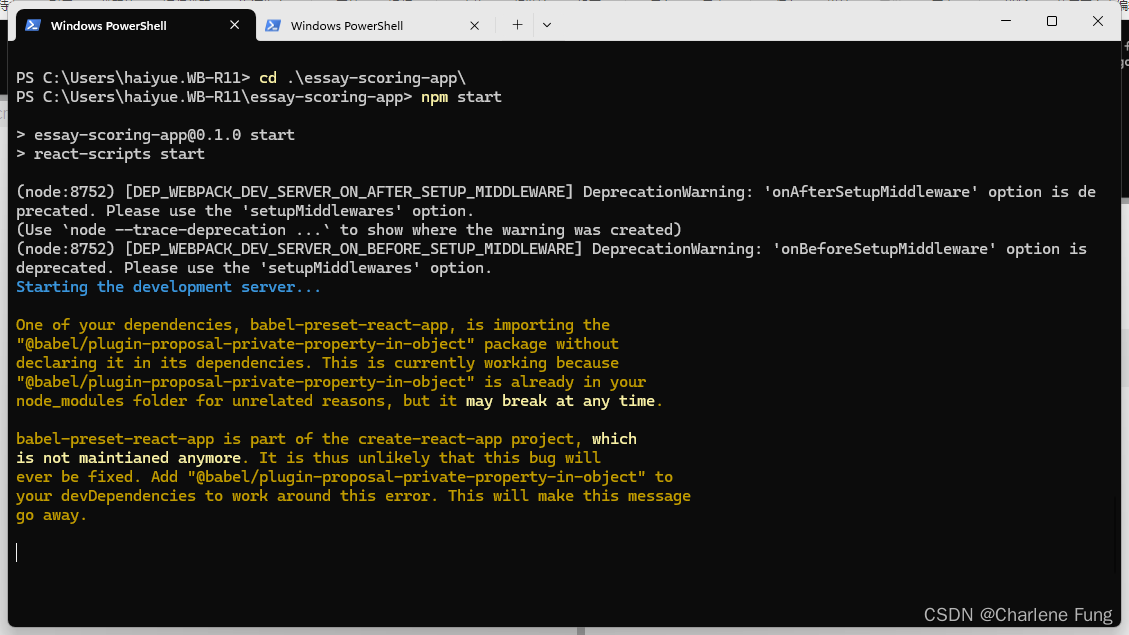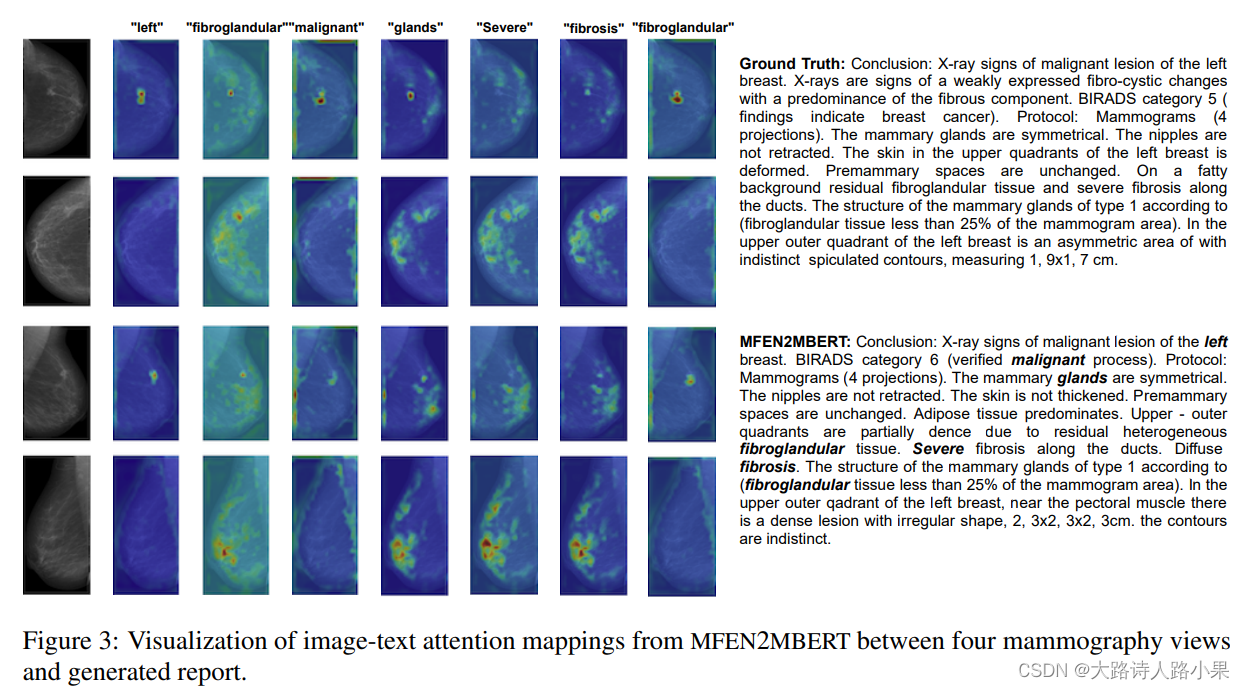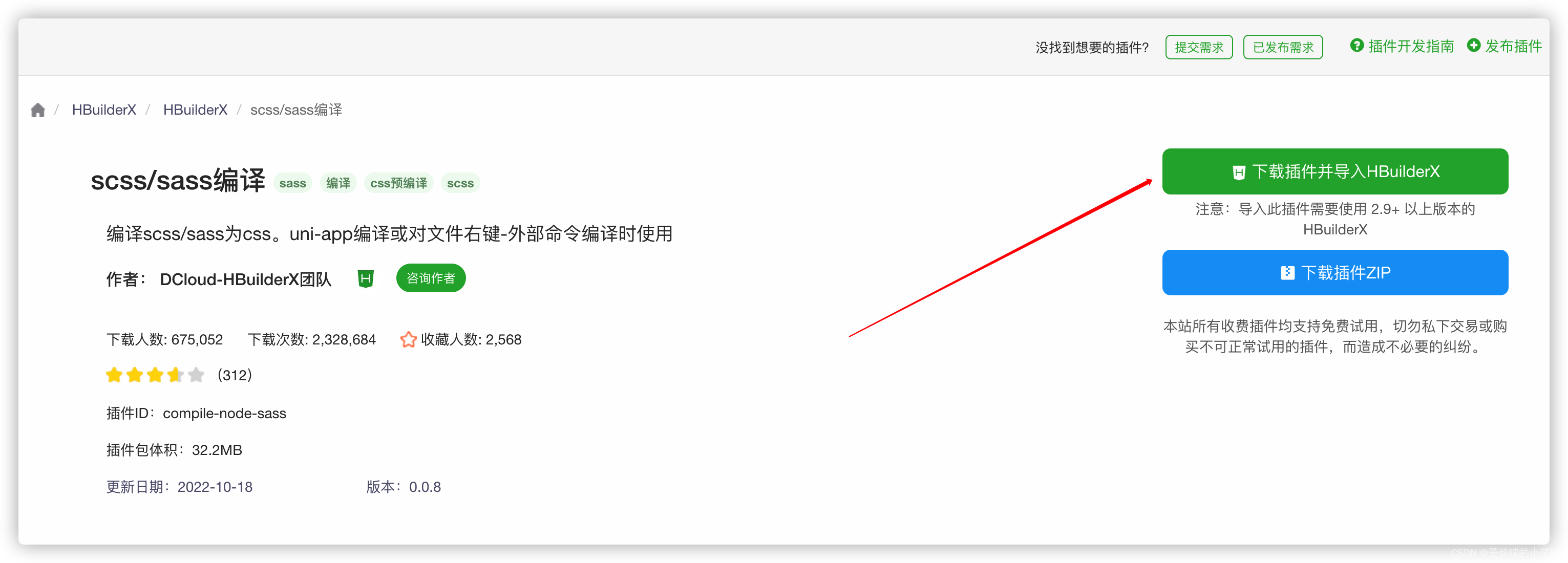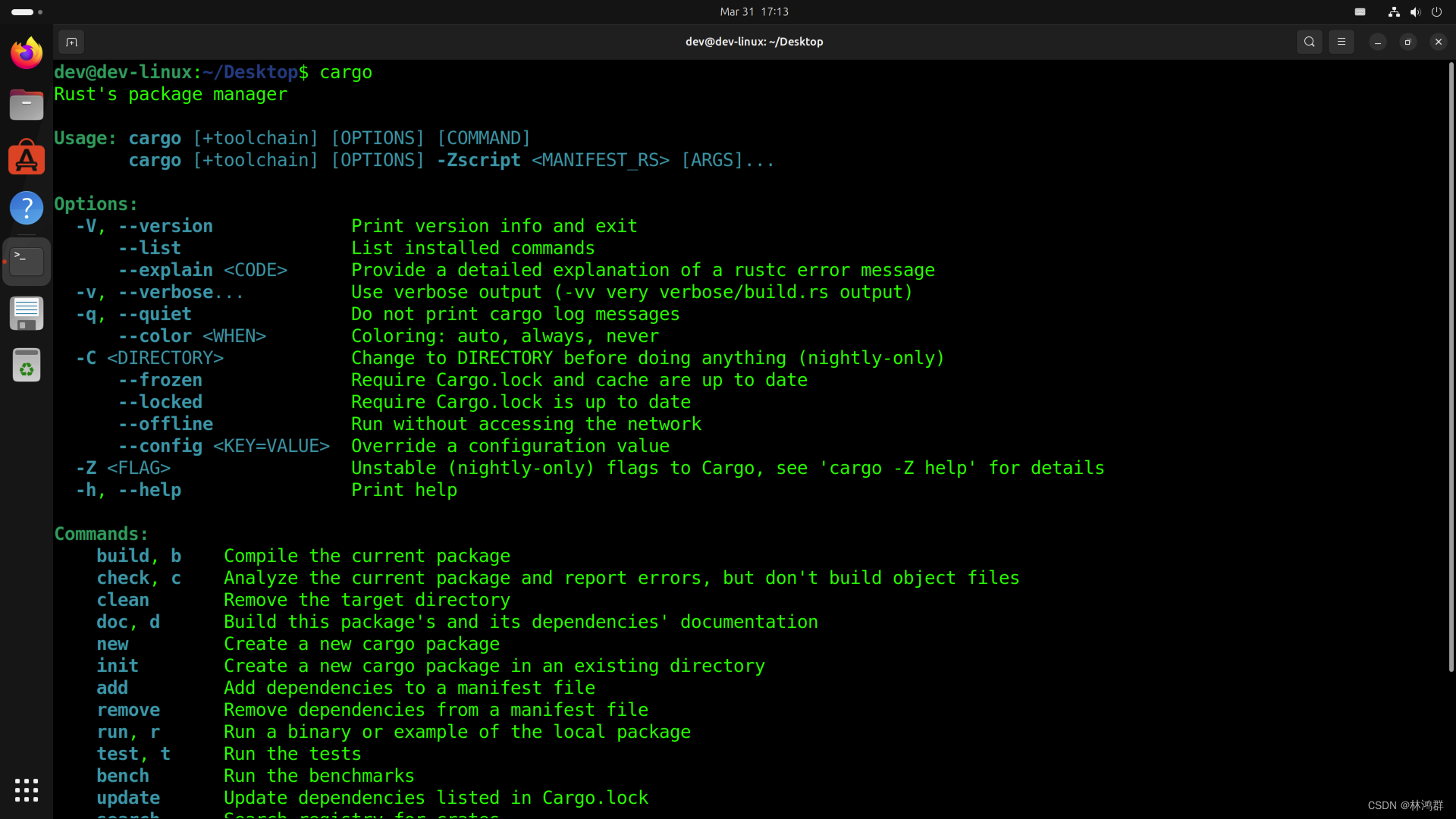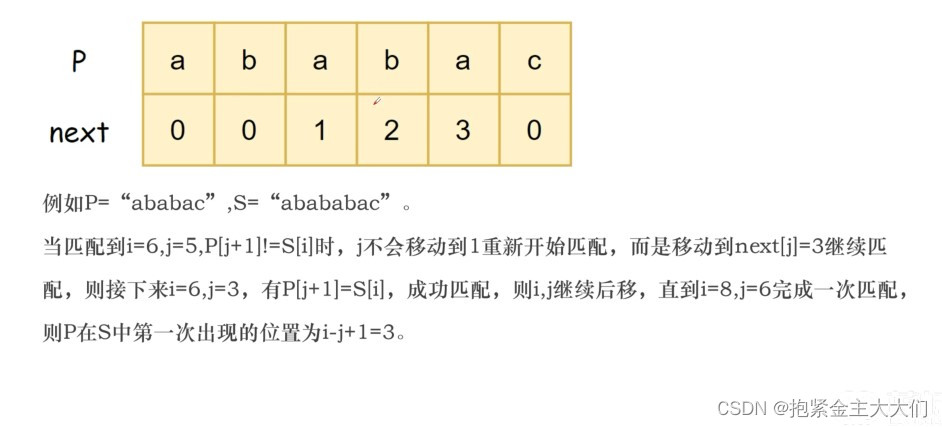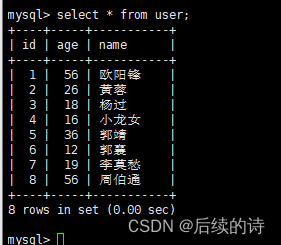《自动机理论、语言和计算导论》学习第 6 天,p115-p138 总结,总计 24 页。
一、技术总结
1.associativity and comutativity
(1)commutativity(交换性): Commutativity is the property of an operator that says we can switch the order of its operands and get the same result.
描述的是操作符(operator)的性质。示例:x + y = y + x。
(2)associativity(结合性): Associativity is the property of an operator that allows us to regroup the operands when the operator is applied twice.
描述的是操作符(operator)的性质。示例:(x × y) × z = x × (y × z)。
除了associativity和comutativity,设计的algebraic law有:identities(单位元) & annihilators(零元),distribute law(分配律),idempotent law(幂等律,应用于集合) 。
二、英语总结
1.ad-hoc
ad-(to) + hic(this), to this/for this(specific purpose, particular purpose). p115, There, we gave some ad-hoc arguments why one expression could be replaced by another。
2.analogy vs analog
(1)ana-(according to) + logos(word, speech)。
(2)analogy: c/u. a comparison between things that have similar feature, often used to help explan a idea(类比)。
(3)analog(美式写法)/analogue(英式写法):c. sth that is similar to(类似物)。
p115, However, there are a few places where the analogy breaks down, and there are also some laws that apply to regular expressions but have no analog for arithmetic, especially when the closure operator is involved。
3.adversarial
(1)adversary: ad-(to) + vertere(to turn, see versus)。c. an enemy。
(2)adversarial: adversary + al。adj. involving adversary or opposition。
三、其它
如果你也在看这本书,那咱们可以交流交流。
四、参考资料
1. 编程
(1)Eric S.Roberts,《自动机理论、语言和计算导论(英文版.第3版)》:https://book.douban.com/subject/2274854/
2. 英语
(1)Etymology Dictionary:https://www.etymonline.com
(2) Cambridge Dictionary:https://dictionary.cambridge.org

欢迎搜索及关注:编程人(a_codists)
